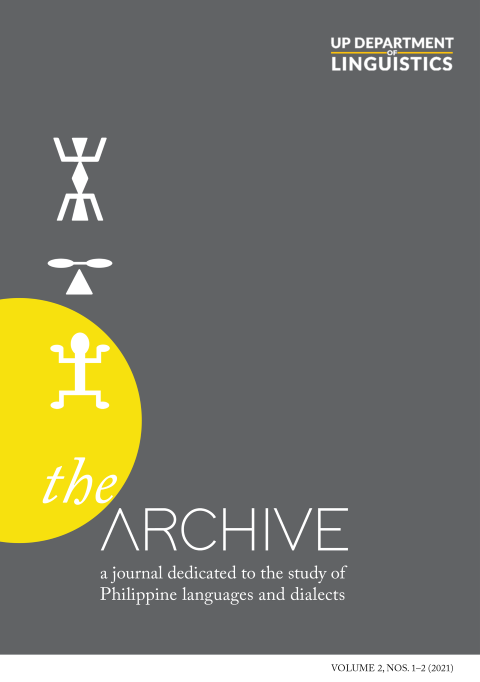The Aspect Systems of Some Philippine Languages—Developments From Proto-Austronesian
Abstract
This paper describes the development of the aspect systems of seven Philippine languages from the ancestral aspect system of Proto-Extra-Formosan (Reid 1992), and ultimately from the aspect system of the earlier protolanguage PAN (Ross 2009, 2015). This analysis finds (a) that there may be three ways by which the aspect systems developed from PAN (and from PEF) which resulted in the aspect systems of the seven languages examined for this paper—one is largely retentive, and the others are innovative, resulting in two distinct aspect systems; (b) that one of these two aspect systems (i.e., languages spoken in southern Philippines) has undergone a simplification, having lost the marking for the distinction in the realis aspect, as well as the marking for the irrealis aspect; (c) that this innovation might have been a shared historical development by the southern PLs Talaandig and Salug-Subanen; (d) that the other aspect system (i.e., central) innovated in such a way that resulted in the prefixation of the realis verb instead of the reduplication that is characteristic of the morphology of this aspect; (e) that this prefixation proceeded from the infixation that eventually syncopated, leaving only the prefix in Cebuano (gi-), and the remnant of the vowel syncopation in Waray (gin-); and (f ) that the retentive development is observed in the languages spoken in northern Philippines, which retain most of the morphological behavior of the ancestral PAN.


